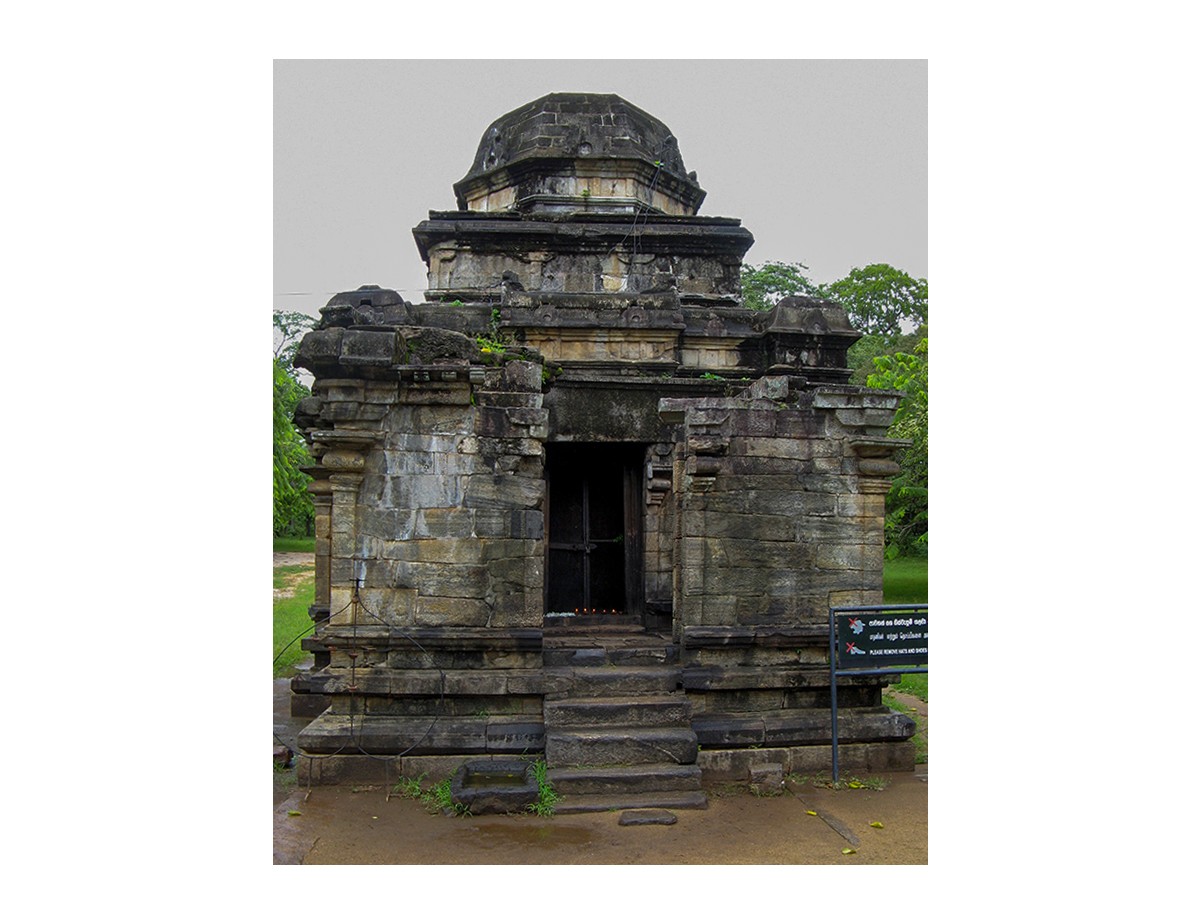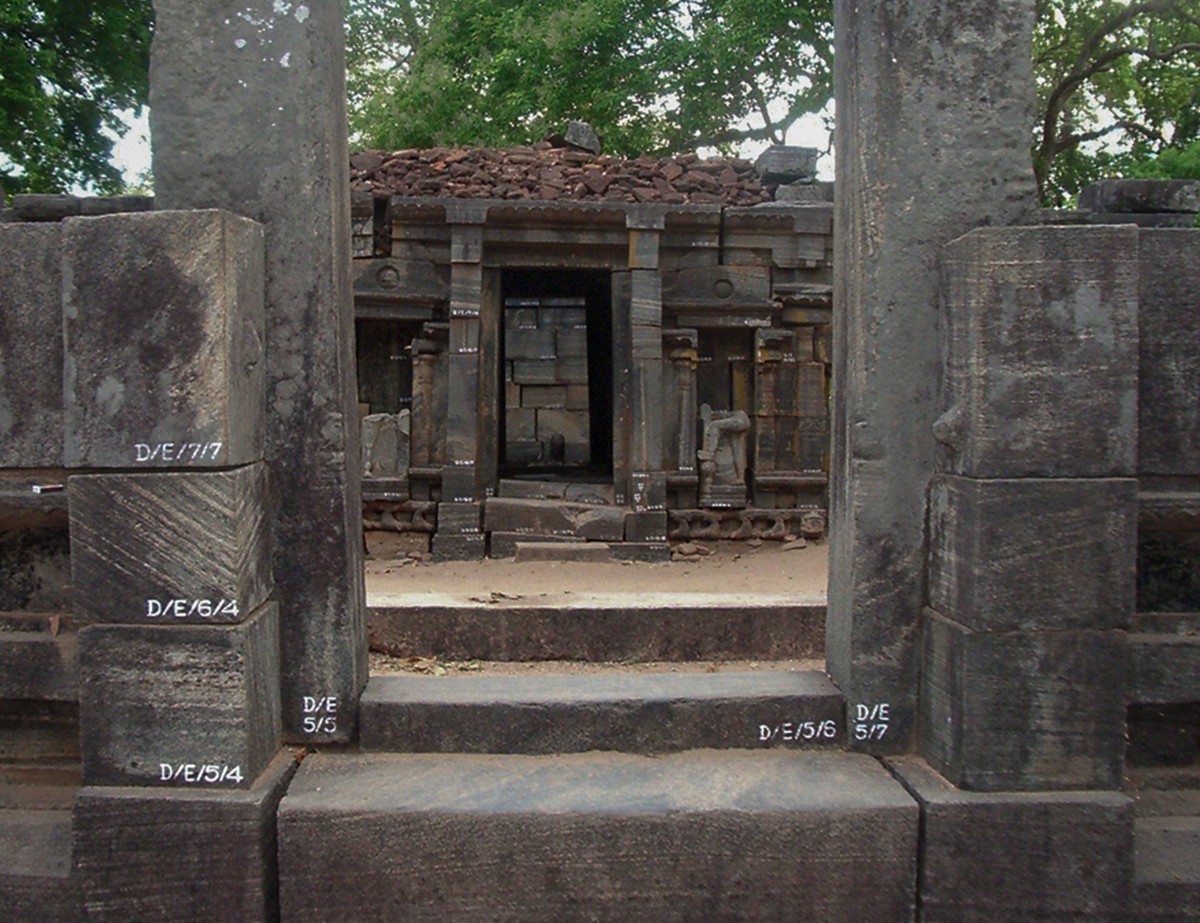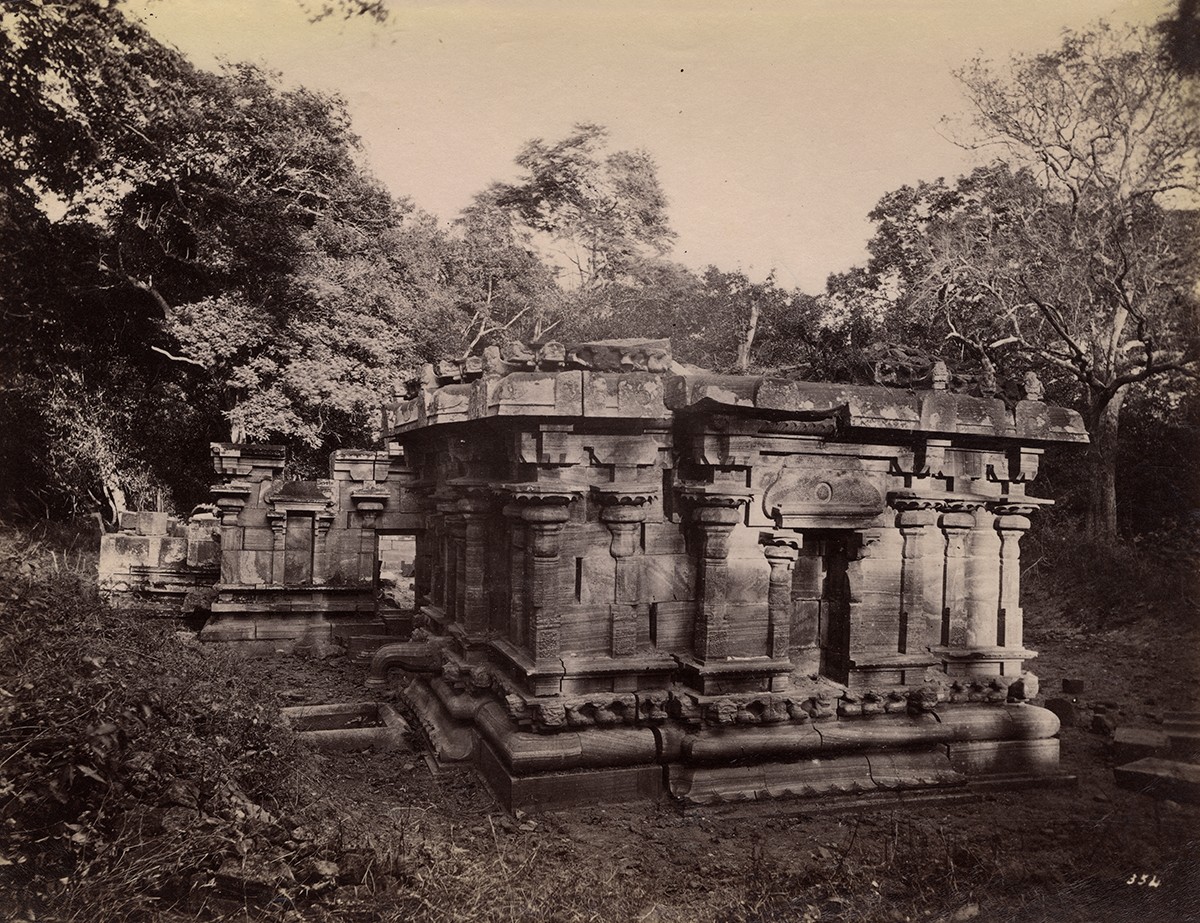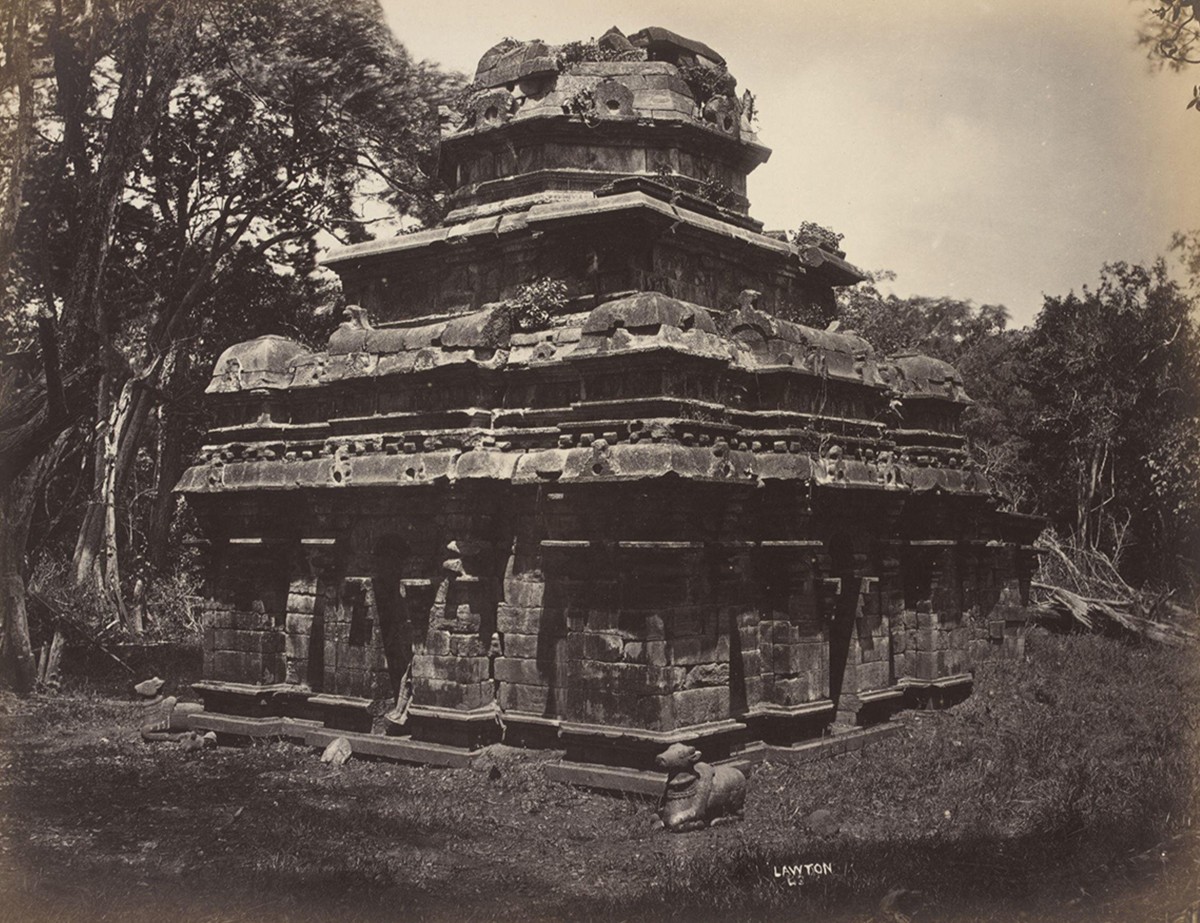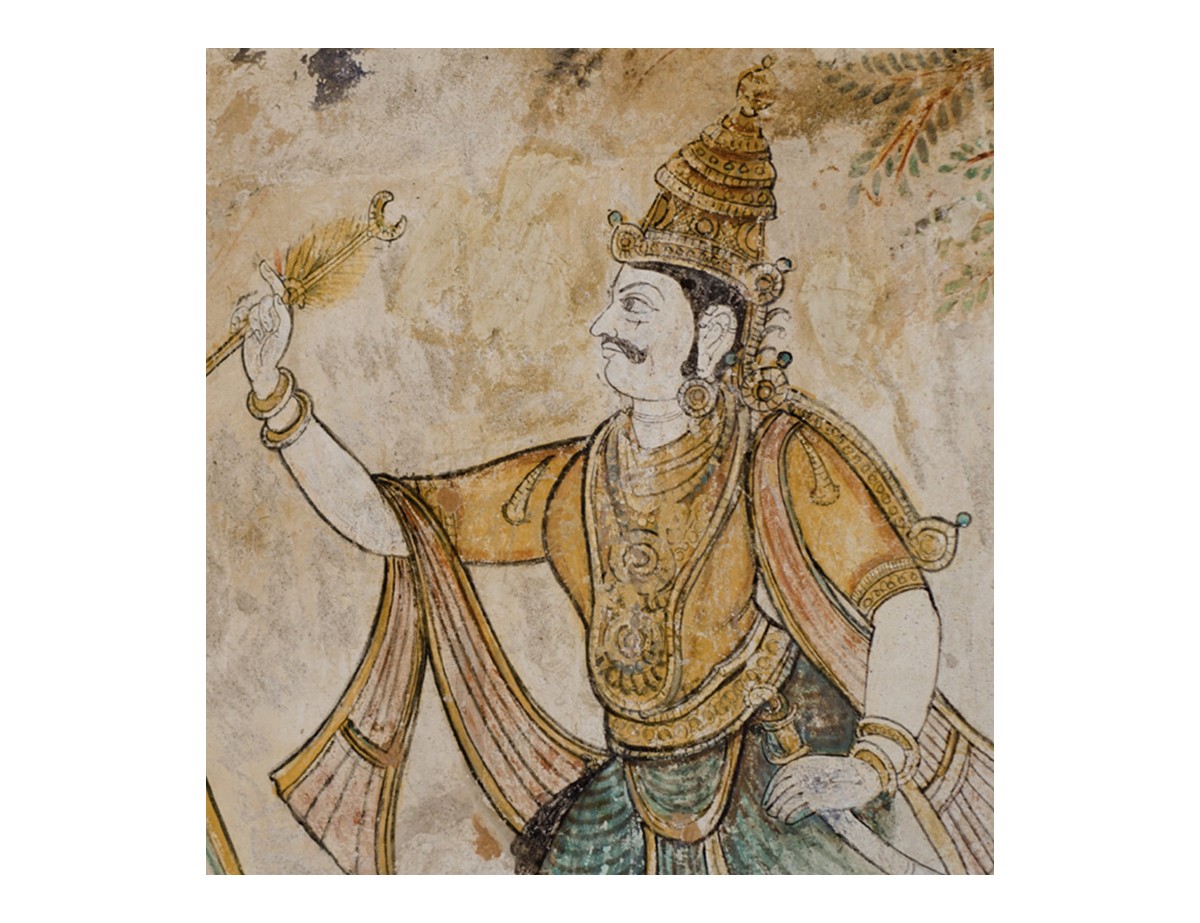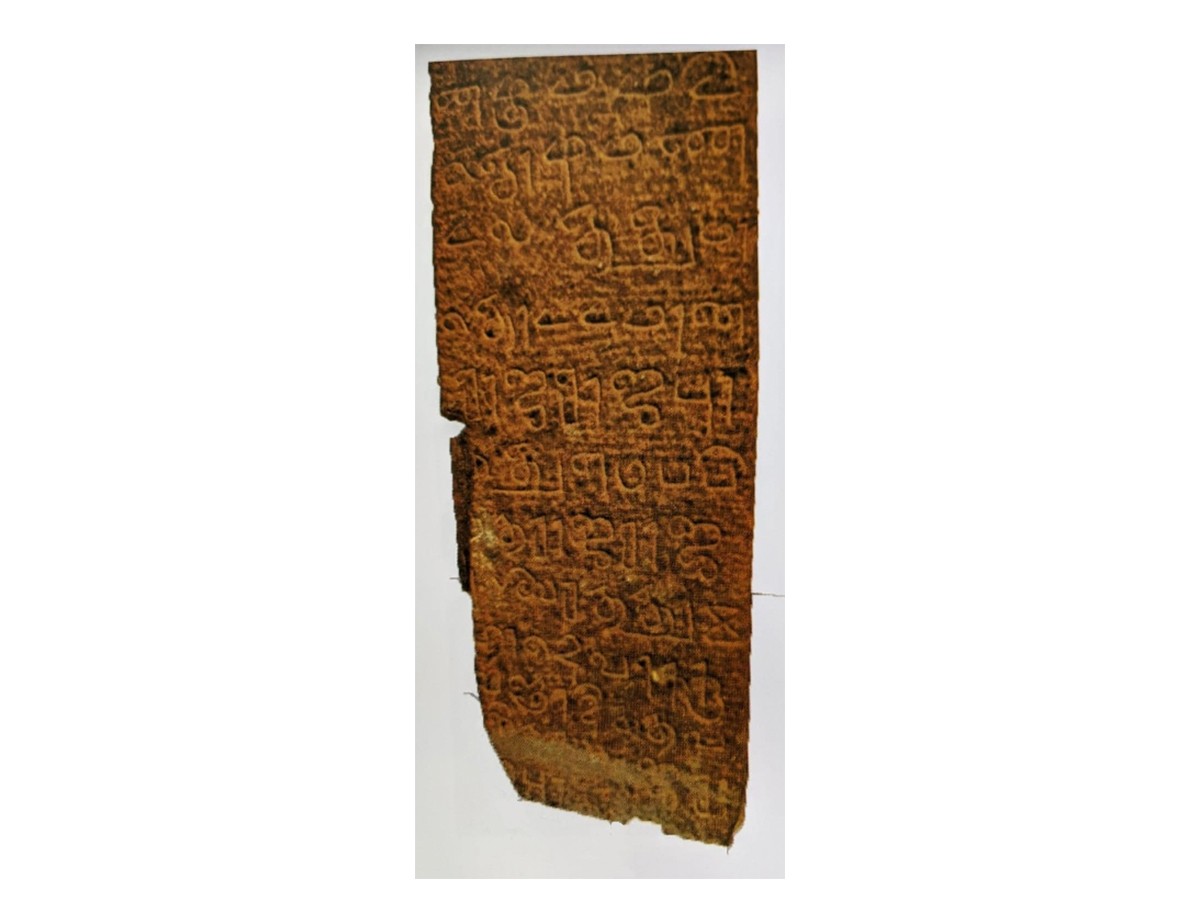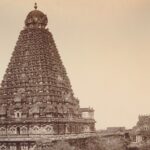South Indian Conquests of Sri Lanka
990–1070 CE
The Chola king Rajaraja I launches an attack on the kingdoms of Anuradhapura and Ruhuna in present-day Sri Lanka in 993 CE. While earlier South Indian kingdoms raided Sri Lanka, the Cholas are the first to retain control of it and attempt to integrate it into their polity on the mainland. This leads to the construction of Tamil-style Shiva temples in Polonnaruwa, as well as the production of bronze statues, though these have considerable stylistic influences from earlier Sri Lankan traditions. Though the Cholas are driven from the island by 1070 CE, they will have a profound impact on its politics. In particular, the Buddhist Sangha, which is negatively impacted by their conquests, will attempt serious reforms and consolidate its grip on political power.
Bibliography
Holt, John C. Buddha in the Crown: Avalokiteśvara in the Buddhist Traditions of Sri Lanka. New York: Oxford University Press, 1991.
Singh, Upinder. A History of Ancient and Early Medieval India: From the Stone Age to the 12th Century. New Delhi: Pearson, 2016.
Feedback 
This entry appears in
Art in South Asia
Visit Timeline
Associated Timeline Events
First Published: March 11, 2024
Last Updated: May 21, 2024



